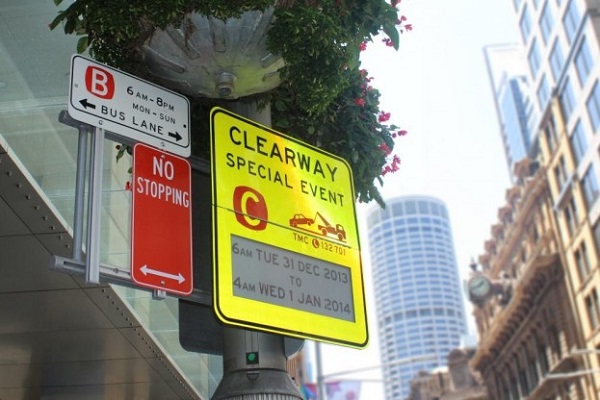While most of us are familiar with electronic ink as the display technology used for making text legible on the screens of e-books and wearable devices, we’re less familiar with seeing it used out in the general public.
Sydney, Australia is the first city to take the step forward in utilizing e-ink for the purpose of informing the public; specifically, they’re using it to display traffic information.

There are plenty of benefits to this approach, but perhaps most notable are two of e-ink’s greatest selling points: it won’t malfunction when exposed to the hot Sydney sun, and it also won’t go down when the power around it fails.

Visonect, a company that specializes in helping companies build paper display products, is responsible for the Sydney launch. Rok Zalar, the company’s head of product development, explains that the hardware components to their signage are managed by server software that is specially programmed to “wake” the signs up for certain pre-scheduled windows of time when content needs to be updated; these updates are sent wirelessly via 3G technology.
Outside of these “wake-up” times, which are powered by an attached solar panel, the traffic signs use no power from the local grid.

Should there be an event that requires the signs translate some sort of specific messaging (e.g. road closures due to construction), remotely-located staff change the text by sending the sign a message. If there’s nothing to report, the sign simply goes dark.
There are some obvious cost benefits associated with using this technology as opposed to your normal, run-of-the-mill traffic signs. For example, the city of Los Angeles puts up close to 560,000 temporary parking restriction signs every year. The cost of this endeavor–$9.5 million, let along the physical labor put forth by staff putting these signs all over, and the various resources that are used to create these signs and get them out and about the city. All of this could be reduced using e-paper signs instead, which can be updated at a moment’s notice.
Via Visionect
Advertisement
Learn more about Electronic Products Magazine





